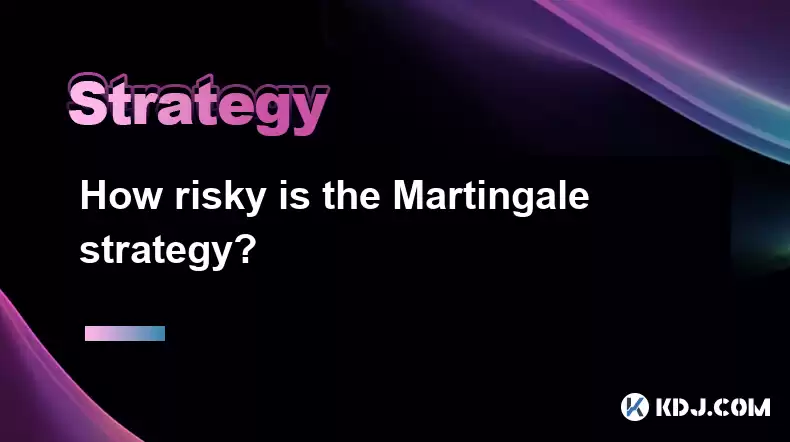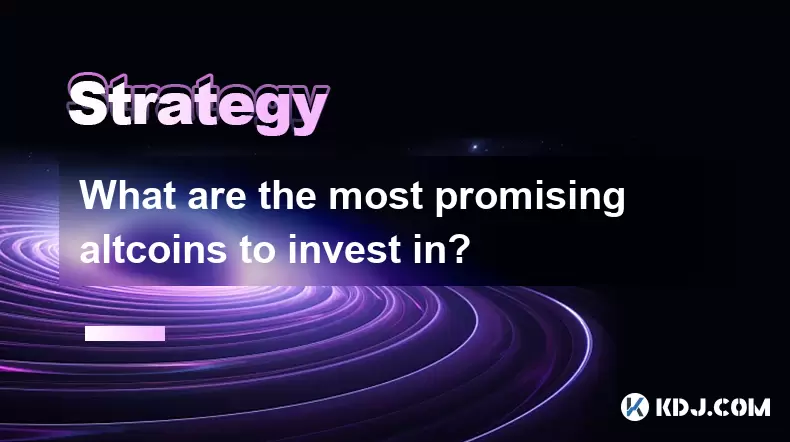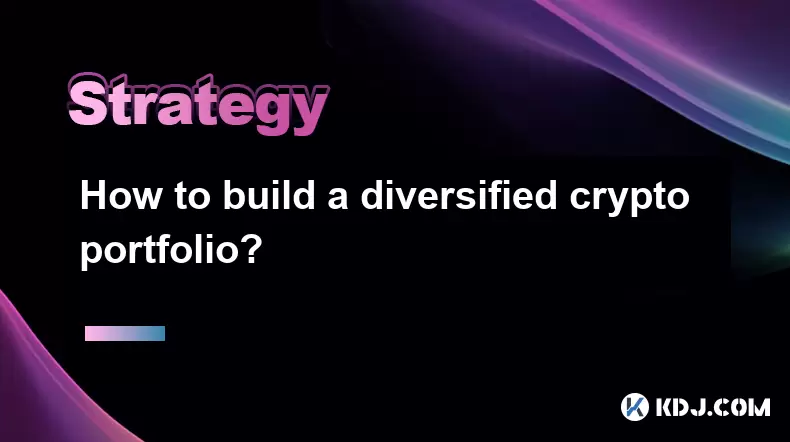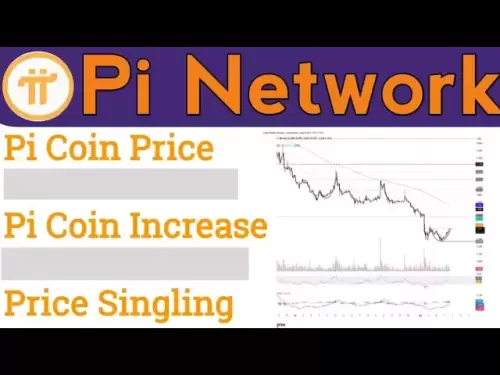-
 Bitcoin
Bitcoin $116900
0.00% -
 Ethereum
Ethereum $4280
5.48% -
 XRP
XRP $3.265
-1.45% -
 Tether USDt
Tether USDt $1.000
-0.01% -
 BNB
BNB $807.0
1.41% -
 Solana
Solana $183.1
2.93% -
 USDC
USDC $0.9999
0.00% -
 Dogecoin
Dogecoin $0.2440
6.50% -
 TRON
TRON $0.3357
-0.88% -
 Cardano
Cardano $0.8178
2.63% -
 Hyperliquid
Hyperliquid $44.13
7.45% -
 Chainlink
Chainlink $21.39
9.09% -
 Stellar
Stellar $0.4524
-0.84% -
 Sui
Sui $3.957
2.13% -
 Bitcoin Cash
Bitcoin Cash $572.7
-2.54% -
 Hedera
Hedera $0.2671
1.54% -
 Avalanche
Avalanche $24.77
4.17% -
 Ethena USDe
Ethena USDe $1.001
0.02% -
 Litecoin
Litecoin $122.3
-1.94% -
 Toncoin
Toncoin $3.432
2.26% -
 UNUS SED LEO
UNUS SED LEO $9.007
0.49% -
 Shiba Inu
Shiba Inu $0.00001396
5.26% -
 Uniswap
Uniswap $11.09
1.64% -
 Polkadot
Polkadot $4.155
4.57% -
 Dai
Dai $1.000
0.00% -
 Pepe
Pepe $0.00001253
5.11% -
 Cronos
Cronos $0.1588
2.67% -
 Bitget Token
Bitget Token $4.512
0.05% -
 Monero
Monero $275.0
0.64% -
 Ethena
Ethena $0.7527
15.10%
How risky is the Martingale strategy?
The Martingale strategy, while doubling investment amounts after a loss, carries substantial risks such as unlimited losses, exponential growth of losses, and a high probability of financial ruin in volatile markets.
Feb 25, 2025 at 07:18 am

Key Points
- Understanding the Martingale Strategy
- Risks Associated with the Martingale Strategy
- Alternatives to the Martingale Strategy
- Risk Management Strategies for the Martingale Strategy
- FAQs on the Martingale Strategy and Cryptocurrency Trading
Understanding the Martingale Strategy
The Martingale strategy is a popular approach to cryptocurrency trading that involves doubling the investment amount after each loss until a profit is achieved. The premise is that eventually, a winning trade will offset the previous losses, resulting in a net gain. However, this strategy carries significant risks that traders should be aware of before employing it.
Risks Associated with the Martingale Strategy
- Unlimited Risk: The Martingale strategy can lead to unlimited losses, as there is no predefined limit to the number of times the investment can be doubled after a loss. In a bear market or a prolonged period of downtrends, traders using the Martingale strategy could lose their entire capital.
- Exponential Growth of Losses: Each doubling of the investment amount leads to an exponential increase in potential losses. This means that even a small initial loss can result in substantial financial damage if the strategy is executed multiple times.
- Emotional Trading: The Martingale strategy can encourage emotional trading, as traders may feel pressured to continue doubling their investment in an attempt to recoup losses. This can lead to irrational decisions that further increase the risk of substantial financial losses.
- Probability of Ruin: The probability of ruin is the likelihood that a trader will lose their entire trading capital using a particular strategy. The probability of ruin is higher with the Martingale strategy compared to other approaches, especially in volatile markets.
- Runs of Losses: Cryptocurrency markets are prone to periods of sustained downtrends or "runs of losses." When this occurs, using the Martingale strategy can lead to significant losses, as traders are forced to double their investment multiple times in a row.
Alternatives to the Martingale Strategy
If you are uncomfortable with the high risks associated with the Martingale strategy, consider the following alternatives:
- Dollar-Cost Averaging: Invest a fixed amount of money at regular intervals, regardless of the market conditions. This strategy helps to reduce the impact of volatility and can be suitable for long-term investors.
- Range Trading: Identify a trading range and place buy orders near the lower support and sell orders near the upper resistance. This strategy aims to capitalize on price movements within a defined price range.
- Momentum Trading: Buy when the price is trending up and sell when the price is trending down. Momentum trading can be profitable in bull markets but risky in bear markets.
- Technical Analysis: Use technical indicators and chart patterns to identify potential trading opportunities. Technical analysis can help traders make informed decisions about entry, exit, and risk management.
Risk Management Strategies for the Martingale Strategy
If you choose to use the Martingale strategy, consider these risk management techniques:
- Set a Win Target: Determine a specific profit target and cease trading when that target is reached, even if you have not achieved a significant return.
- Establish a Loss Limit: Set a maximum loss limit and stick to it. This will help to limit your potential losses and prevent you from making irrational trades in an attempt to recoup losses.
- Keep Records: Track your trades and analyze your results to identify any biases, patterns, or inefficiencies in your trading strategy. This can help you refine your approach and improve your risk management.
- Diversify: Spread your investments across different cryptocurrencies or trading strategies to reduce the impact of setbacks in one area.
- Consider Smaller Positions: Use smaller initial positions to mitigate the potential impact of losses and limit the number of times you need to double your investment.
FAQs on the Martingale Strategy and Cryptocurrency Trading
Q: Is the Martingale strategy effective for long-term cryptocurrency trading?
A: No, the Martingale strategy is generally not recommended for long-term cryptocurrency trading due to its high risk of substantial losses.
Q: What is the best way to protect against the risks of the Martingale strategy?
A: Implement proper risk management techniques such as setting a loss limit, using smaller positions, and diversifying investments.
Q: Can the Martingale strategy be used in combination with other trading techniques?
A: Yes, but extreme caution is advised as the Martingale strategy already carries significant risks on its own.
Q: What are some warning signs that a trader should stop using the Martingale strategy?
A: Multiple consecutive losses, a loss of more than the predefined loss limit, or a significant drawdown in trading capital should all serve as warning signs.
Q: Is it possible to make money with the Martingale strategy in cryptocurrency trading?
A: While it is possible to experience short-term gains, the Martingale strategy is not a sustainable or low-risk approach, and traders should be prepared for significant losses.
Disclaimer:info@kdj.com
The information provided is not trading advice. kdj.com does not assume any responsibility for any investments made based on the information provided in this article. Cryptocurrencies are highly volatile and it is highly recommended that you invest with caution after thorough research!
If you believe that the content used on this website infringes your copyright, please contact us immediately (info@kdj.com) and we will delete it promptly.
- Meme Coins in 2025: Early Access to the Moon with $MOBU
- 2025-08-10 12:30:11
- Bitcoin's Golden Cross: Rally Outlook and What's Next
- 2025-08-10 12:30:11
- XRP Price, Remittix, and Ripple Rivals: A Crypto Cocktail
- 2025-08-10 10:50:16
- Live Crypto Updates, August 10: ETH Soars, Trump's Crypto Play, and More!
- 2025-08-10 11:30:16
- Riding the Wave: Ethereum, DeFi, and the Liquid Staking Derivatives (LSDs) Surge
- 2025-08-10 10:30:15
- Strobe Ventures, ENA Tokens, and the Surge: What's the Deal?
- 2025-08-10 10:35:15
Related knowledge

How to use stop-loss orders to limit potential losses?
Aug 08,2025 at 02:01pm
Understanding Stop-Loss Orders in Cryptocurrency TradingA stop-loss order is a risk management tool used by traders to automatically sell a cryptocurr...

What are the most promising altcoins to invest in?
Aug 10,2025 at 11:42am
Understanding the Role of Private Keys in Cryptocurrency WalletsIn the world of cryptocurrency, private keys are the cornerstone of ownership and cont...

How to read cryptocurrency charts and use technical analysis?
Aug 08,2025 at 11:08am
Understanding the Basics of Cryptocurrency ChartsCryptocurrency charts are graphical representations of price movements over time. These charts are es...

How to do your own research (DYOR) before investing in a crypto project?
Aug 08,2025 at 09:07pm
Understanding the Core Principles of DYOR in CryptocurrencyEngaging in due diligence before investing in any cryptocurrency project is essential to mi...

How to build a diversified crypto portfolio?
Aug 09,2025 at 12:21pm
Understanding the Importance of Diversification in CryptoDiversification in the cryptocurrency space is a strategy used to reduce risk by spreading in...

How to avoid common crypto investment mistakes?
Jul 13,2025 at 01:35am
Understanding the Risks of Crypto InvestmentInvesting in cryptocurrency can be highly rewarding, but it also comes with significant risks. One of the ...

How to use stop-loss orders to limit potential losses?
Aug 08,2025 at 02:01pm
Understanding Stop-Loss Orders in Cryptocurrency TradingA stop-loss order is a risk management tool used by traders to automatically sell a cryptocurr...

What are the most promising altcoins to invest in?
Aug 10,2025 at 11:42am
Understanding the Role of Private Keys in Cryptocurrency WalletsIn the world of cryptocurrency, private keys are the cornerstone of ownership and cont...

How to read cryptocurrency charts and use technical analysis?
Aug 08,2025 at 11:08am
Understanding the Basics of Cryptocurrency ChartsCryptocurrency charts are graphical representations of price movements over time. These charts are es...

How to do your own research (DYOR) before investing in a crypto project?
Aug 08,2025 at 09:07pm
Understanding the Core Principles of DYOR in CryptocurrencyEngaging in due diligence before investing in any cryptocurrency project is essential to mi...

How to build a diversified crypto portfolio?
Aug 09,2025 at 12:21pm
Understanding the Importance of Diversification in CryptoDiversification in the cryptocurrency space is a strategy used to reduce risk by spreading in...

How to avoid common crypto investment mistakes?
Jul 13,2025 at 01:35am
Understanding the Risks of Crypto InvestmentInvesting in cryptocurrency can be highly rewarding, but it also comes with significant risks. One of the ...
See all articles

























































































